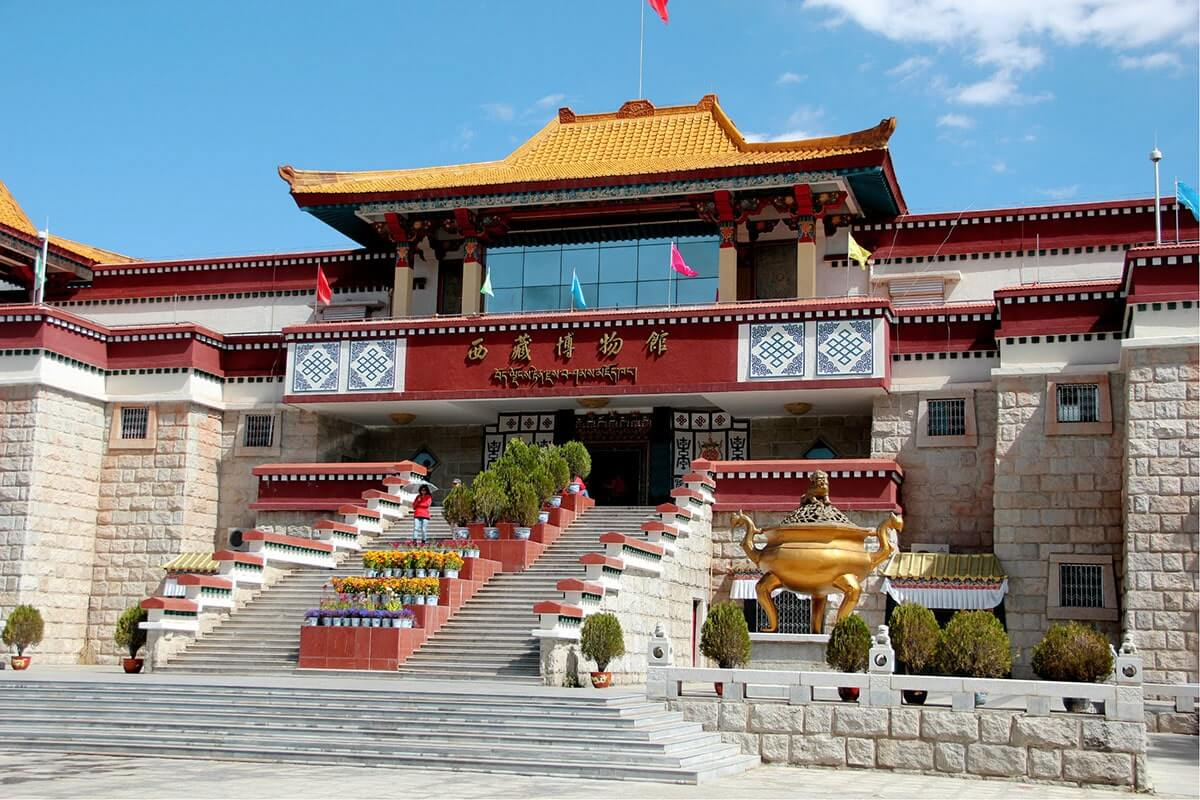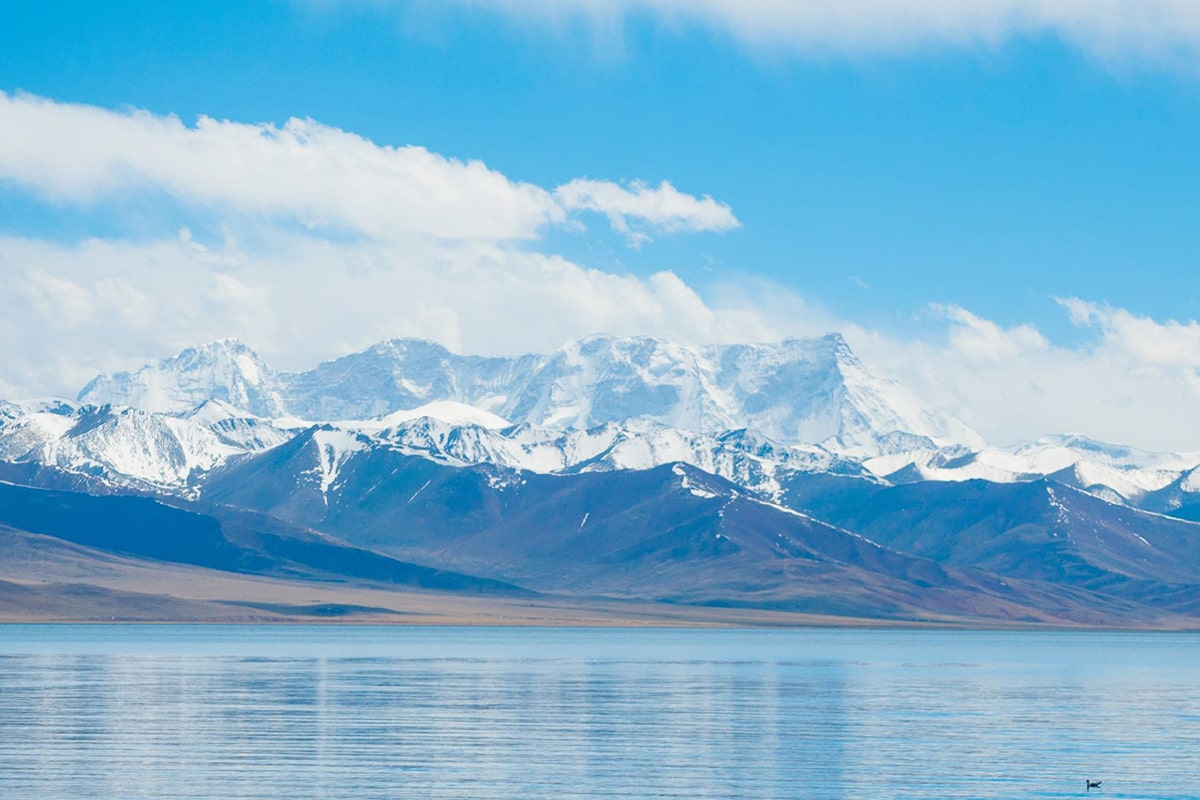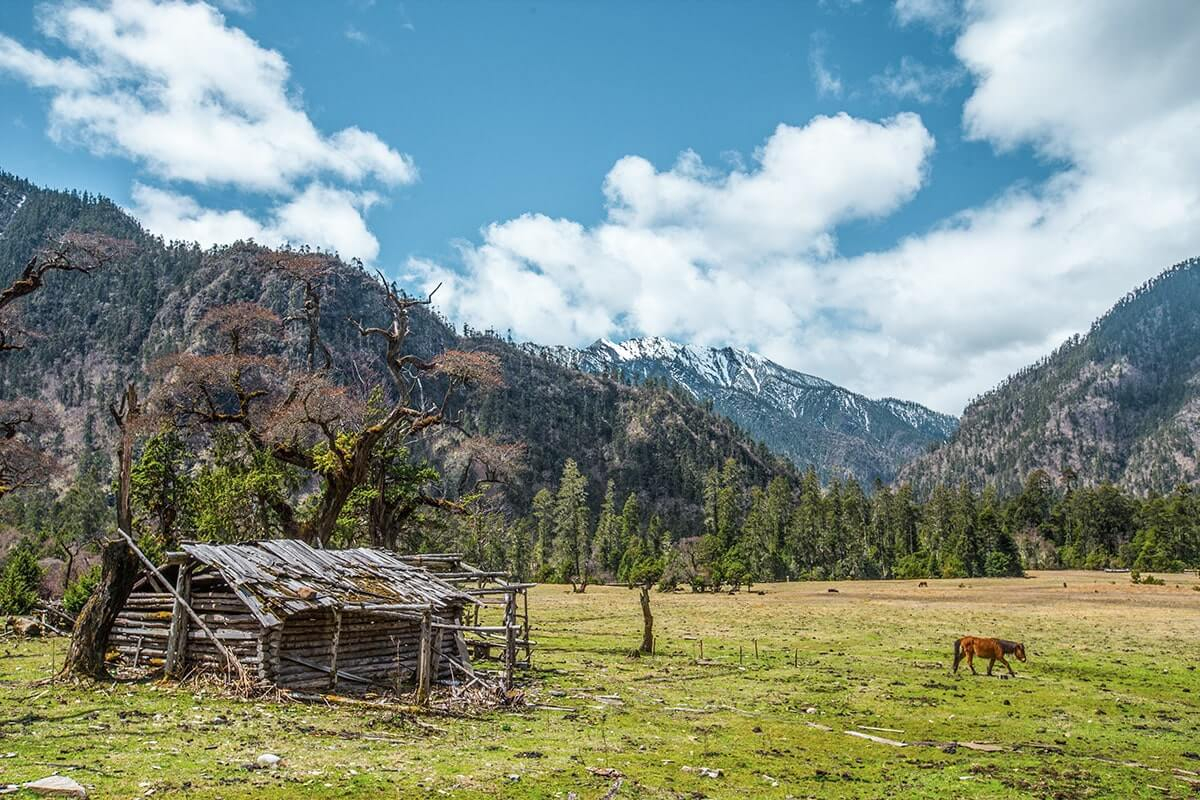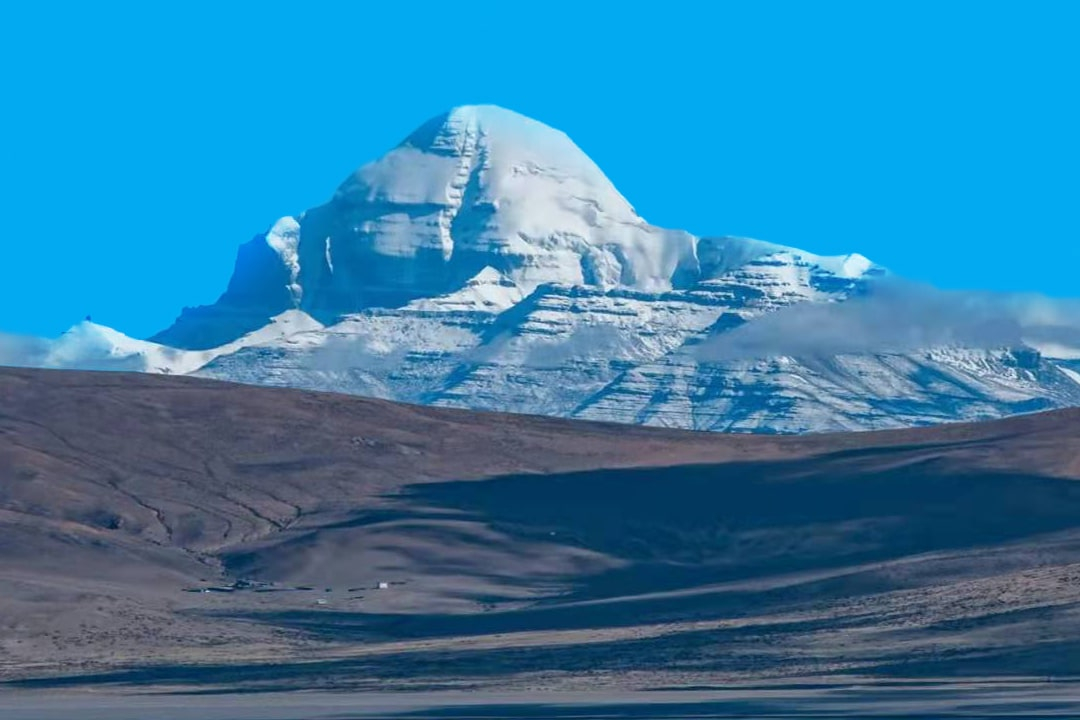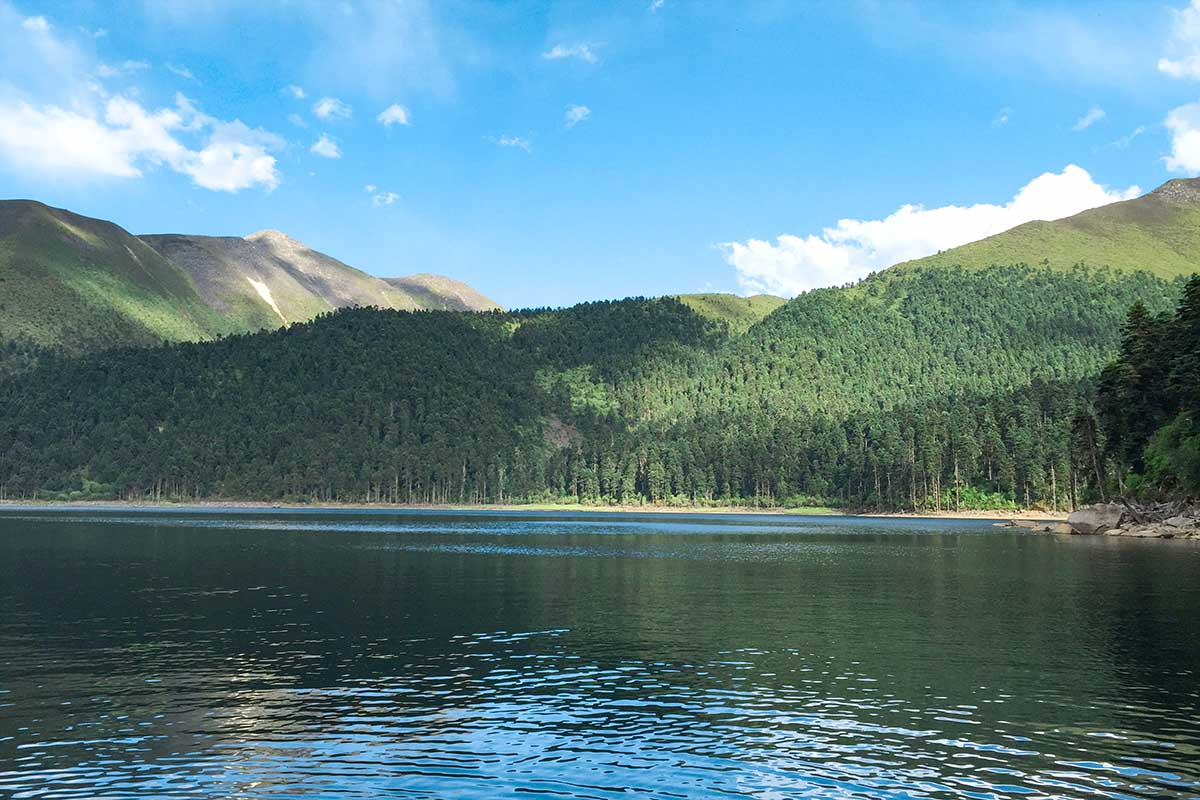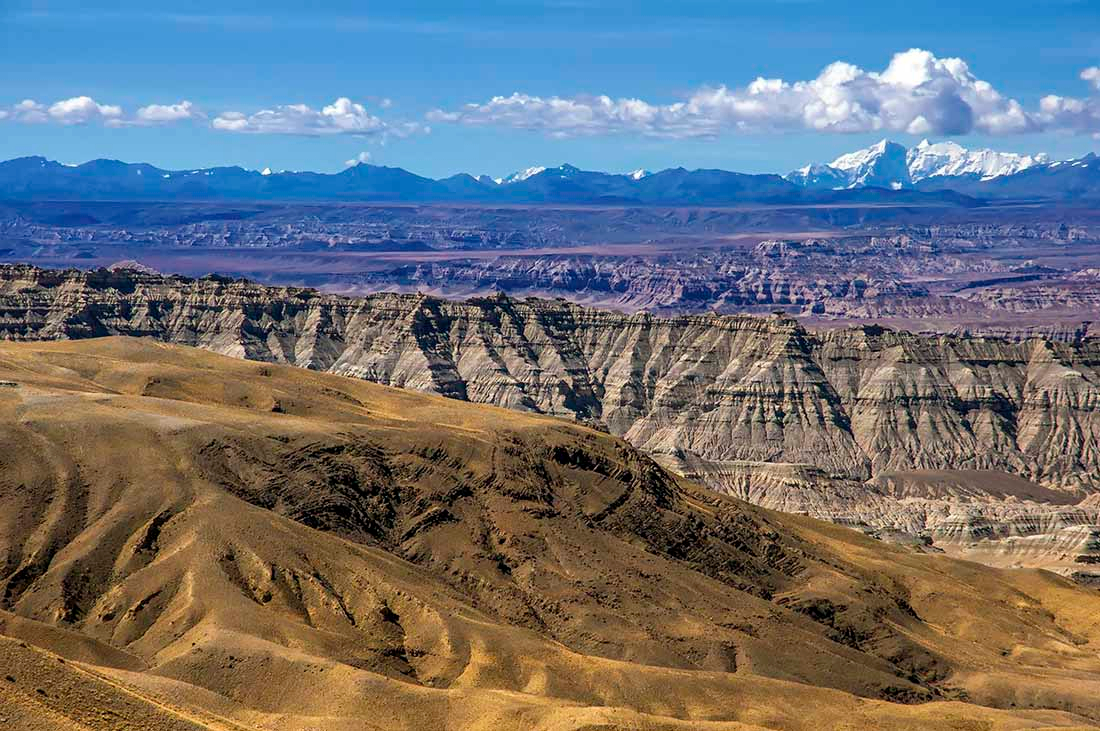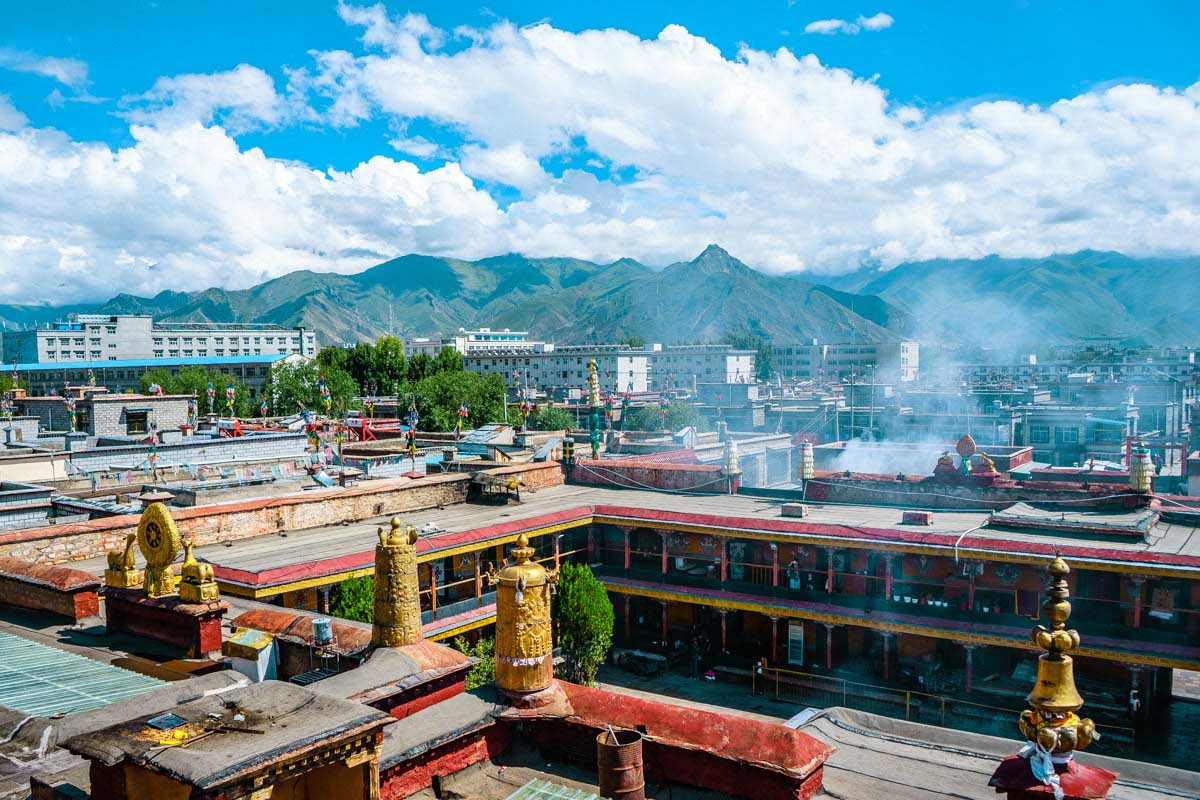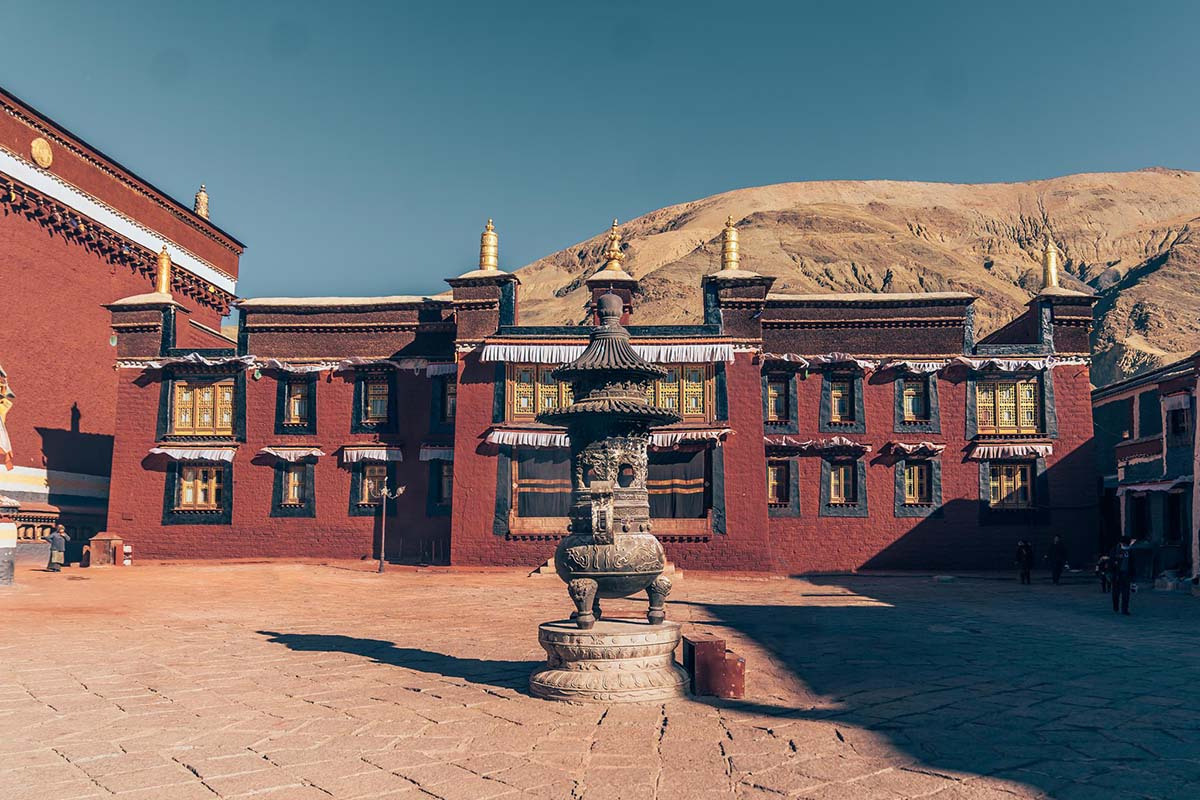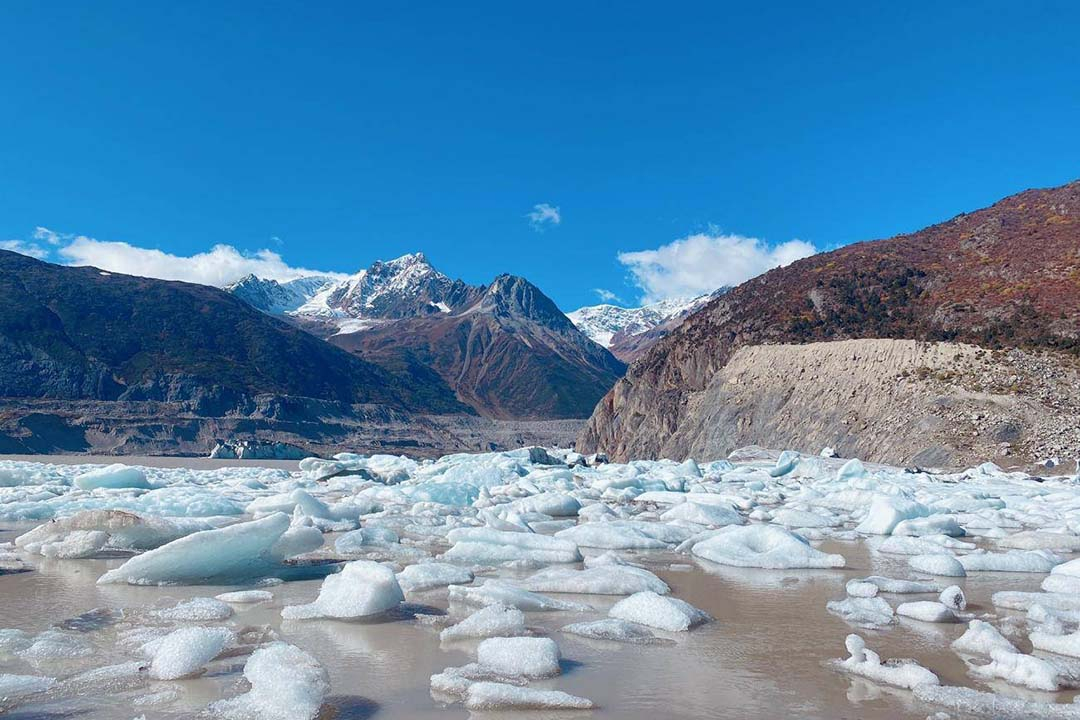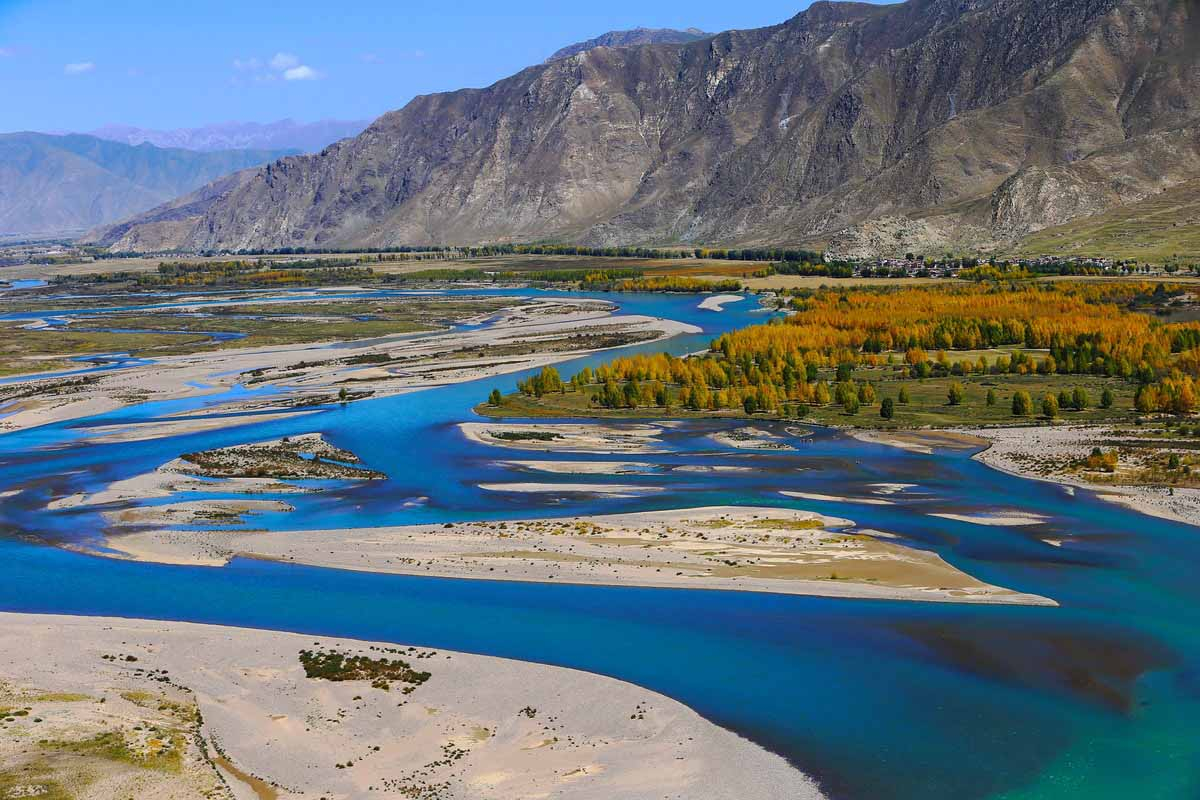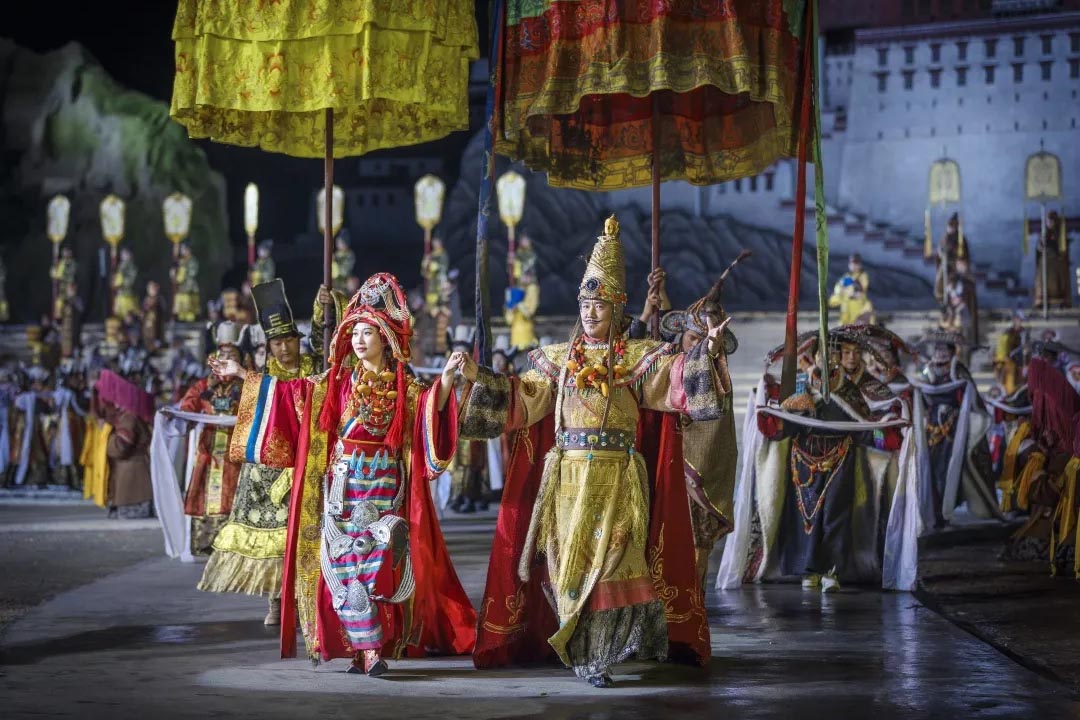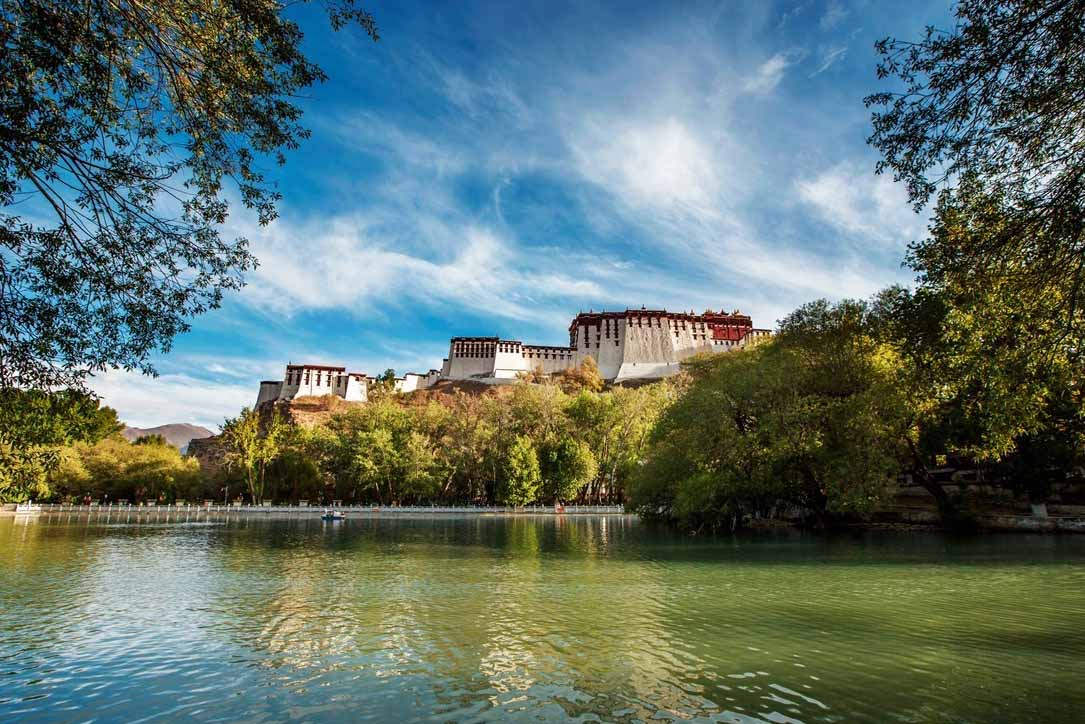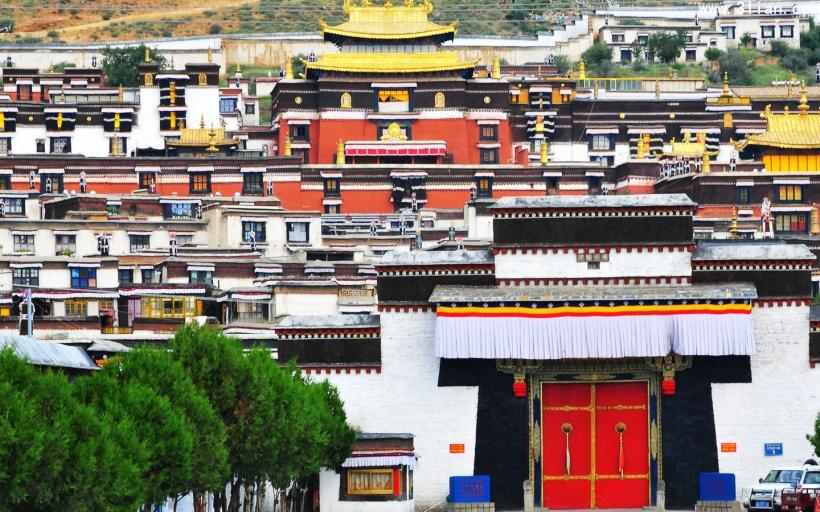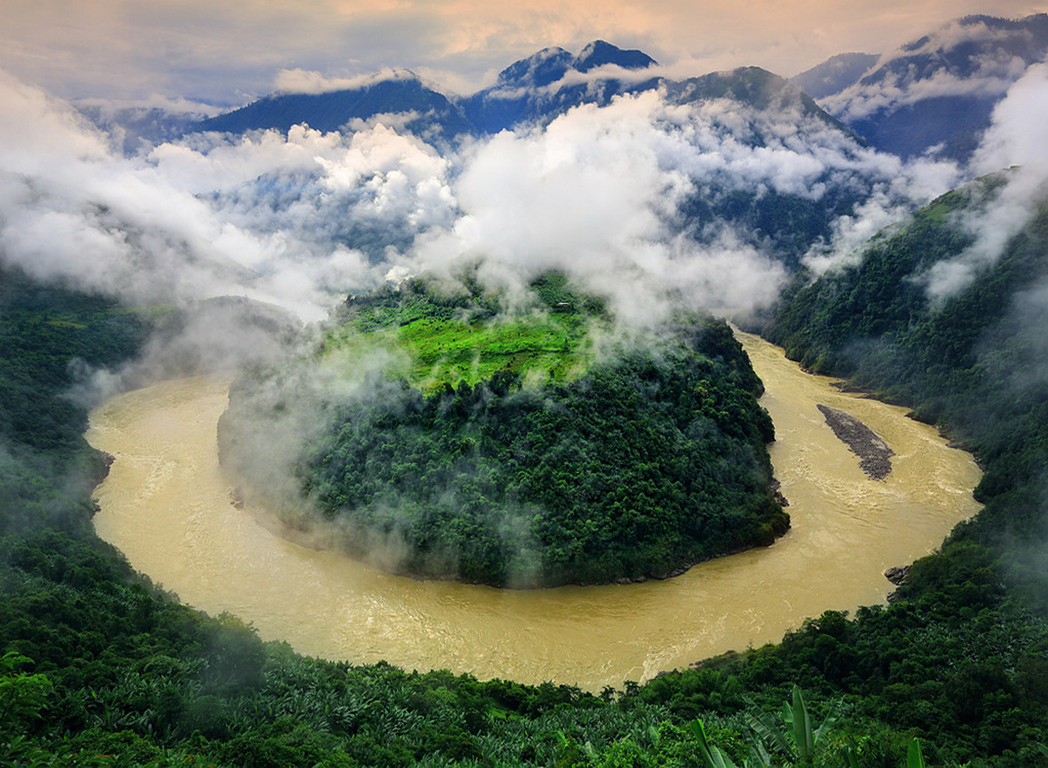Zongjiao Lukang Park
Chinese Name: 拉萨宗角禄康公园 (La Sa Zong Jiao Lu Kang Gong Yuan)
Location: No.9, South Niangre Road, Chengguan District, Lhasa, Tibet Autonomous Region
Ticket: free
Estimated tour time: 1-2 hours
Recommended time to visit: whole year.
Nearby attractions: Potala Palace, Jokhang Temple, Barkhor Street, Sera Monastery, etc.
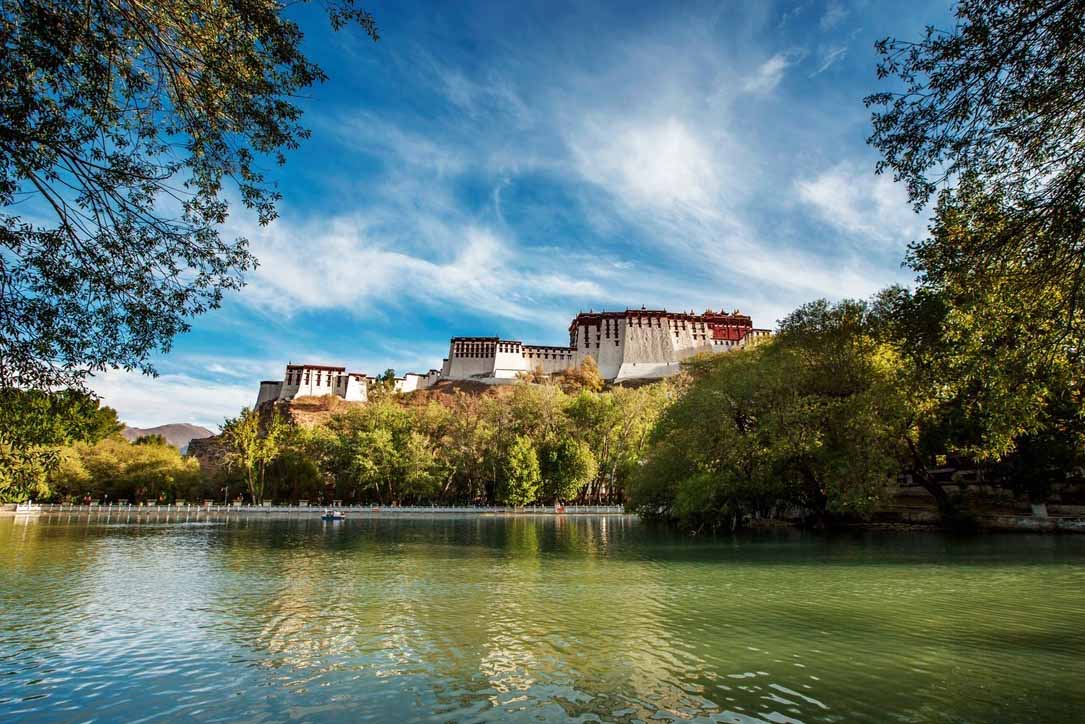
Zongjiao Lukang Park is in the northern part of Lhasa, Tibet Autonomous Region, located at the foot of the mountain to the east of the Potala Palace. The ancient willow trees are planted next to the lake and the scenery is fascinating. It is a great place to shoot water reflection of the Potala Palace. Most of the photos of the Potala Palace reflected in the water are taken from here.
In Tibetan, Zongjiao means behind the palace, Lukang means Temple of God Lu. God Lu is a general term for the underground and underwater deities in Tibetan Buddhism and the local Bon Religion. It resembles the pronunciation of Longshen (Dragon King) in Chinese, so the pool in the park is also called Dragon King Pool and the park is also called Dragon King Pool Park.
During the expansion of the Potala Palace in the 17th century, a large amount of earth was collected here, so a pool is made of stagnant water. During the reign of the Sixth Dalai Lama, the place was cleaned up, a pavilion was built on an island amid the pool in accordance with the mandala in Tibetan Buddhist rituals. A five-hole stone arch bridge with a width of more than 3 meters and a length of more than 20 meters was built to connect the island with the outside world. The Eighth Dalai Lama, the 13th Dalai Lama and others also carried out renovation and maintenance in this area.
The pavilion is three stories high, with the first and second floors of a fully symmetrical cruciform temple. The main worship is to the God Lu and many guardian deities and so on. There are corridors around the temple for viewing. When the pavilion was built, the place became a forbidden garden. It was a place for a few top monks and secular nobles in Lhasa to paddle in a yakskin boat. No one else was allowed to enter. Only in the Saga Dawa Festival on April 15 in the Tibetan calendar every year, common people were allowed to come to the temple to worship the Goddess, offering hada and lighting butter lamps etc.
The place was set aside as a park after 1959. At first there were many shops and teahouses, one can also feed fish on the lake, and it was later converted into a close park. Today, Zongjiao Lukang has been changed into an open park. It is a place for Lhasa residents to do morning exercises and relax. It is also the nearest kora place to the Potala Palace.
Tsogiji Lake is the main lake in Zongjiao Lukang Park. It is an artificial lake. The water originally seeped from underground, the water level was stable. Except for the rising water level in rainy days, the water depth was generally about 1.5 meters at other times. Later, the lake water is provided by artificial drainage.
Not far from the lake, there are dozens of sturdy willow trees that are hundreds of years old. The scientific name of this kind of willow is Kangding Willow.
In 2006, the local government replanned and renovated Zongjiao Lukang Park. On the basis of maintaining the original features, the park was divided into five scenic areas, the folk custom activity area, ecological water scenic area, Dragon King Pool scenic spot area, water-friendly activity area and cultural activity area. After visiting the Potala Palace, it is a good choice to have a nice walk at Zongjiao Lukang Park.
- HOTEST
- RECOMMEND
